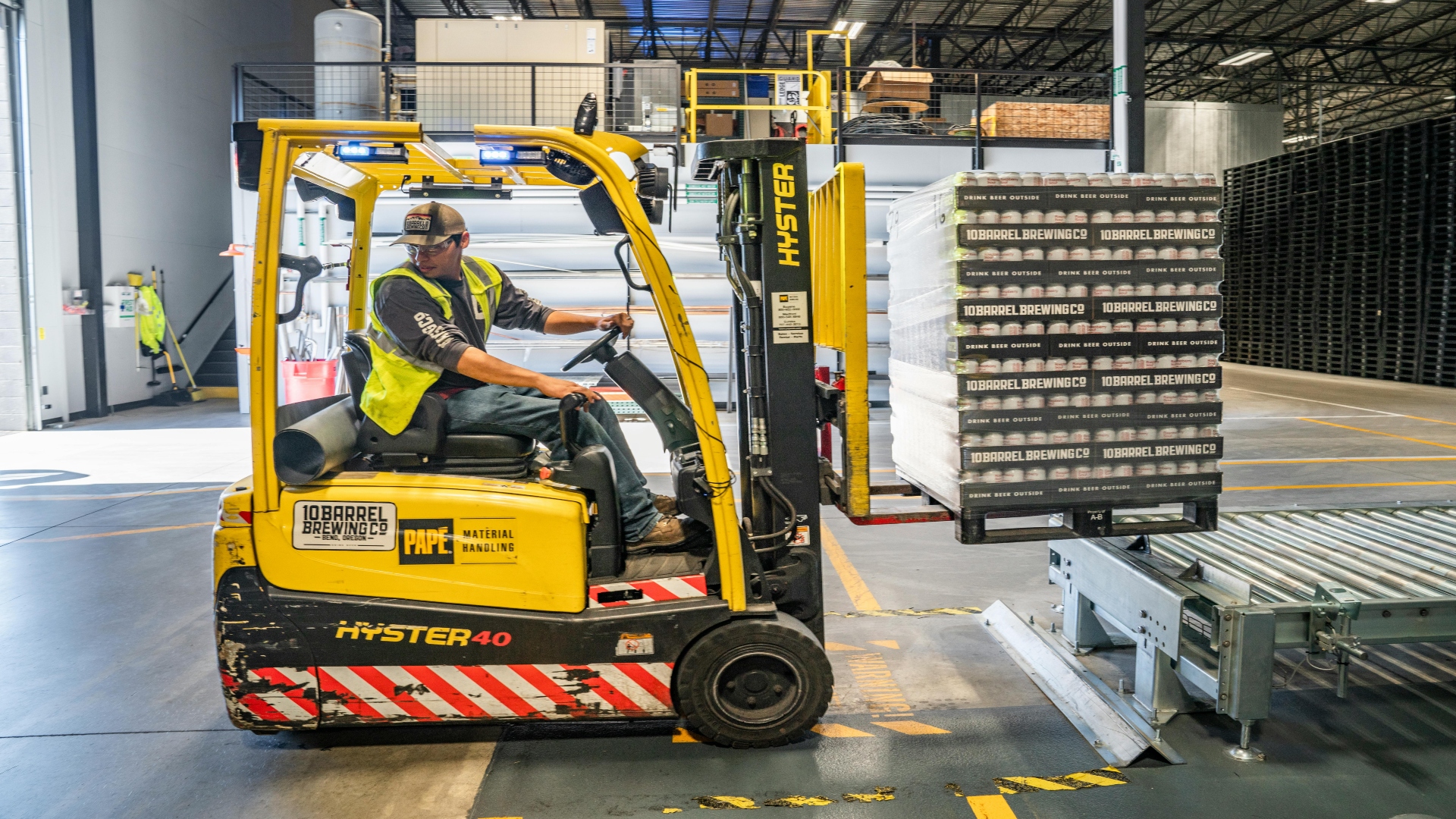How Small Warehouses Enhance Supply Chain Agility
You can’t afford to be a small business with a sluggish or unreliable supply chain. Consumers expect faster service, and companies need to be ready for shifting market conditions in the rapidly evolving world of e-commerce.
As a result, finding ways to maximise supply chain responsiveness is essential for businesses to be successful. That starts with using warehouse space effectively, especially for smaller warehouses in dense urban settings.
Small warehouses can be critical stopping points in the supply chain journey as fulfillment centers that adapt to inventory needs, and that’s not all. Read on to learn how warehouses improve supply chain agility.
Why Agility is Vital
Consider how many disruptions the world has faced over the past decade. The Covid pandemic, economic concerns among consumers, and job market fluctuations all have impacted how industries do business. In other words, being agile and flexible are must-have qualities in any business.
And while having bigger warehouses for inventory used to be the norm, smaller warehouses with easier access to a consumer base have become the new norm. Smaller spaces in population-rich places can permit faster movement of goods to consumers, reducing wait times while lowering the company’s carbon footprint.
Turning to a collection of smaller warehouses as opposed to a few bigger ones has helped companies optimise their logistics. They don’t need to worry about lengthy travel times to access inventory and the resulting gas consumption that hurts their bottom line.
Routes can be shorter and more efficient. And businesses can respond to changes in demand more easily, knowing that they aren’t relying on one warehouse. If they need to consolidate to save on real estate costs, they can.
Building a Network of Warehouses
Strategically placing warehouses in key urban locations can enhance efficiency with last-mile deliveries. For companies with a presence in diverse regions across the U.S., this approach works better than a singular distribution hub. Businesses can book a warehouse space easily in the location they need using WareSpace, which boasts an extensive network of warehouses.
Better yet, for companies looking to reach new markets, smaller warehouses let them test drive different places. They can try a small warehouse in a new region, track the results, and either maintain the space or leave it based on what they find. Smaller warehouses give businesses a simpler way to try options without the heavy financial commitment of a bigger space.
Maximising Minimal Space
Yes, urban areas are low on space. But because they’re densely populated, they’re an ideal setting for small warehouses. With warehouses in urban spaces, getting goods to consumers within even hours of placing an order is possible. Leasing space in a city does come at a cost that can hurt financial planning, however. To save money, businesses can opt for less square footage. They’ll just need to be mindful of how they use their space.
Smaller warehouse spaces work best for micro-fulfillment. In this scenario, businesses can keep high-demand items in the warehouse with the knowledge that local customers will be buying them. Consequently, companies can reduce the miles traveled between goods and consumers. This speeds up shipping times, resulting in a happier customer.
When demand is high during the holiday season, businesses can load these micro-fulfillment centers with more goods. Stacking items higher and configuring smarter access points within the warehouse can enable better use of space. When demand is slower, they can scale back to minimise overhead costs.
Avoiding bigger, more expensive warehouse spaces prevents businesses from throwing away money on space that may not be used. Staying streamlined contributes to a happier workplace culture and a more successful business.
The Value of Small Warehouses
With rising expectations for fast deliveries, small warehouses provide a useful solution for businesses looking to build better supply chains. Warehouses in urban areas create local fulfillment options that can make the most of small spaces to reach local consumers.
Weaving small warehouses into their overall strategy lets businesses stay agile in a competitive market. This can reduce costs and allow companies to test new markets and grow their business.











